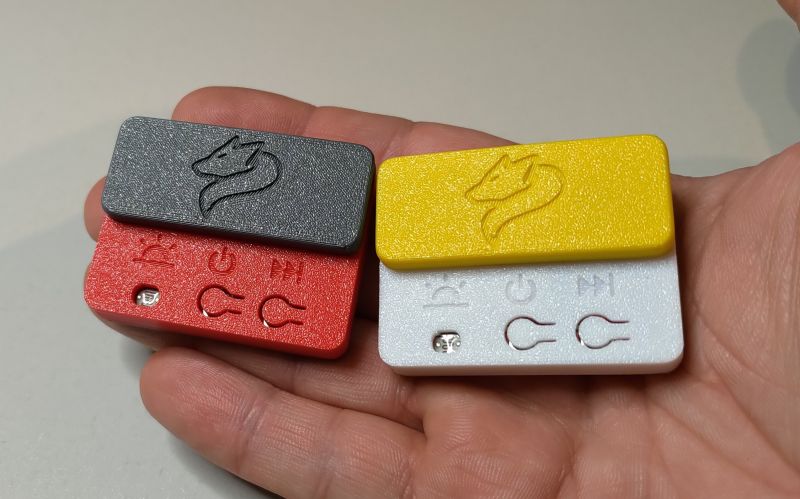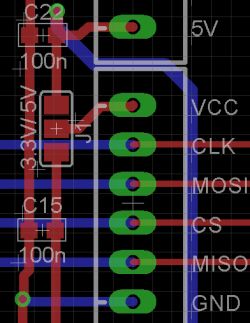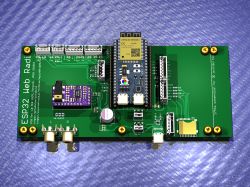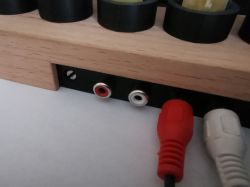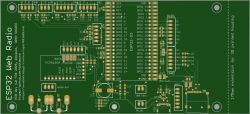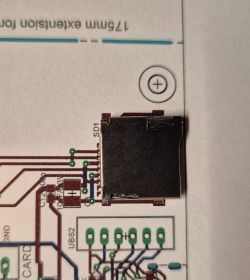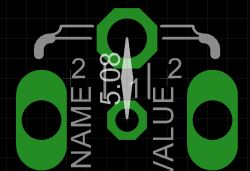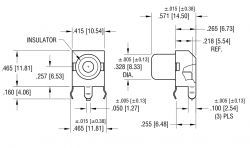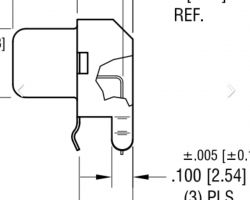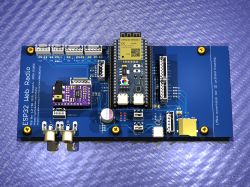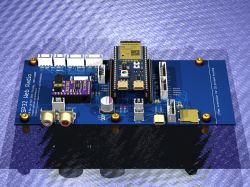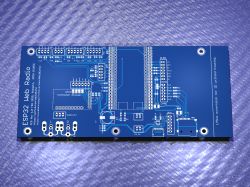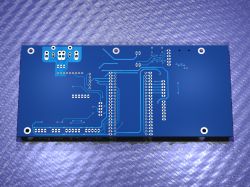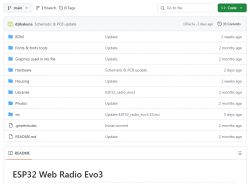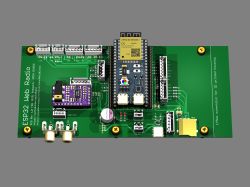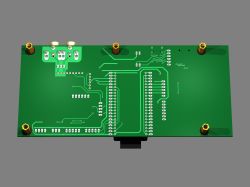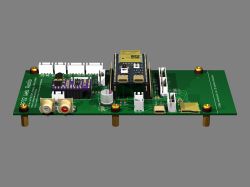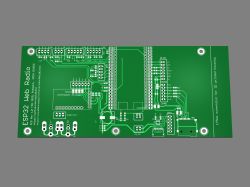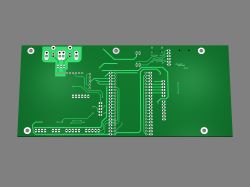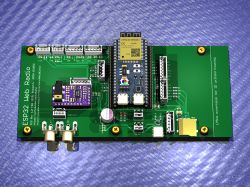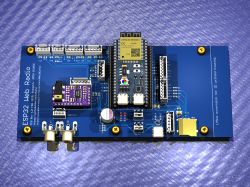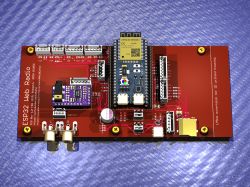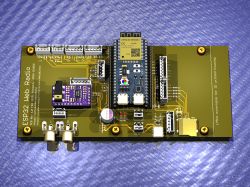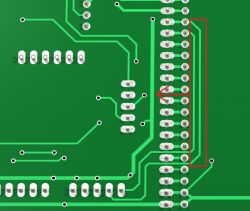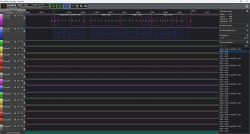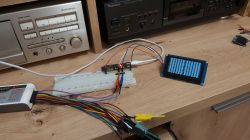I found the project very interesting.
Praise to the authors of the code

.
Great work.
I'm going to play/understand/combine with this a bit

.
However, I have long since "switched" to VS Code and the platform IDE so ... therefore a request (for the future and in my spare time) to the code authors
@robgold and
@MAJSTER XXL: - I know Arduino doesn't require it but even for the sheer art of writing code - declare a procedure/function/variable in the code beforehand before you use it because not all languages allow such nonchalance

.
It took me about half an hour to move procedures and functions around in my colleague
@robgold's code (so far without trying to understand the code) - well, but the important thing is that the project compiled.

.
Unfortunately I can't check if it works yet because I'm waiting for the board in this version. I have a pair of ESP32-S2's but according to the information to the ESP32-audioI2S library (Audio.h) it is designed for dual-core microcontrollers e.g. "S3" so I'm not going crazy

.
For those who want to run the project "under platformio", information that you just need to add 3 libraries to the project in the patformio.ini file (available under platformio)
lib_deps =
olikraus/U8g2
tzapu/WiFiManager
arduinogetstarted/ezButton
The ESP32-audioI2S library, on the other hand, should be added yourself (preferably to the "lib" directory because in the platformio "environment" the 2022 version is available, probably 2.0.7, and the authors of this thread use functions that are in version 3.0.12h.
And here is also an interesting fact because in the project of colleague
@robgold there is just version 3.0.12h, and on the official website of the author of the library there is version 3.0.12 with the letter "e", and the next (current) version is already 3.1.0.
At the same time, I guess it is now in the process of being made/improved by the library author because after downloading it, errors still pop up in the library itself.
By the way, it is also possible to connect via platformio "directly" to the data on the GitHub pages, but as I mentioned, the latest library version 3.1.0 is then downloaded (and gives errors in itself), and I (at least for now) cannot enter a reference in the platformio.ini file to a library with a specific lower version that is posted on GitHub.
Finally, many thanks again to the code authors for sharing their knowledge.
Ps. If anyone would like to run/compile the project in platformio, attached is the version of my colleague
@robgold (I hope he won't be offended) with the routines and functions moved around so it can compile without errors. Of course you still need to add the libraries as I wrote earlier and everything should compile.



